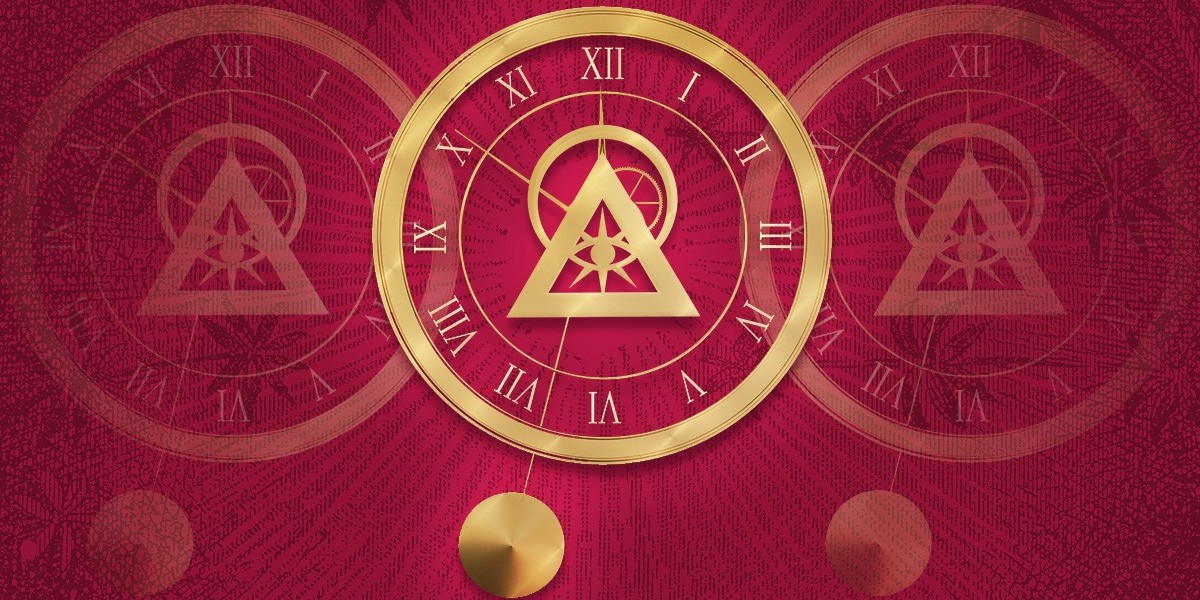The Illuminati organization has been the subject of mystery, intrigue, and conspiracy theories for centuries. Often associated with world power, secret societies, and influential figures, the Illuminati is one of the most well-known and misunderstood organizations in history. This article delves into its history and explores its significance, debunking some myths while highlighting the key moments of the Illuminati’s journey.
The Origin of the Illuminati
The Illuminati history dates back to the late 18th century when it was founded in 1776 in Bavaria, Germany. The group was established by Adam Weishaupt, a professor of law, who envisioned creating a society that would promote enlightenment, rationalism, and free thinking. The goal was to challenge religious and political oppression, promoting a secular, scientifically driven approach to life. The original name of the organization was the "Order of the Illuminati," inspired by the Latin word "illuminatus," meaning "the enlightened."
The Illuminati’s Rise to Power
At its inception, the Illuminati organization was small, consisting primarily of intellectuals, students, and freethinkers. However, it quickly grew in number and influence. The group adopted secretive practices, using codes, symbols, and rituals to protect its members and ideas from persecution. They sought to infiltrate political and religious institutions, believing that the power structures of the time were suppressing knowledge and individual freedom.
Despite its ambitions, the Illuminati did not remain secret for long. In 1785, the Bavarian government, under the reign of Prince Charles Theodore, suppressed the organization, banning it and forcing its members into hiding. This marked the end of the Illuminati's overt existence in Europe. However, the myth of the Illuminati would live on.
The Myths and Conspiracy Theories Surrounding the Illuminati
Since its dissolution, the Illuminati has been the subject of numerous conspiracy theories. Many believe that the organization continues to exist today, operating in the shadows and controlling world events. Some argue that the Illuminati has infiltrated major global institutions, manipulating political leaders and shaping the course of history from behind the scenes.
While there is no substantial evidence to support these claims, the idea of a secret, all-powerful group has captivated the public imagination for generations. The Illuminati’s supposed symbols—such as the all-seeing eye, the pyramid, and the owl—are often cited as proof of its continued influence in modern times, appearing in everything from corporate logos to popular culture.
The Legacy of the Illuminati Organization
Though the Illuminati organization was officially disbanded in the 18th century, its legacy lives on. It has inspired countless books, films, and documentaries, fueling speculation about its alleged modern-day power. The Illuminati has become a symbol of secrecy, control, and the pursuit of hidden knowledge.
Some believe that the teachings of the Illuminati are still relevant today, particularly in areas such as personal growth, empowerment, and enlightenment. These teachings, though often distorted by myths, continue to spark interest among those seeking a deeper understanding of life and the world around them.
Conclusion
The Illuminati organization may have faded from the public eye centuries ago, but its influence, both real and imagined, is undeniable. From its origins in 18th-century Europe to its status as a symbol of mystery and intrigue, the Illuminati’s history remains a topic of fascination. Whether you believe in the conspiracy theories or view it simply as a chapter in history, the Illuminati continues to capture the imagination of millions around the world.









